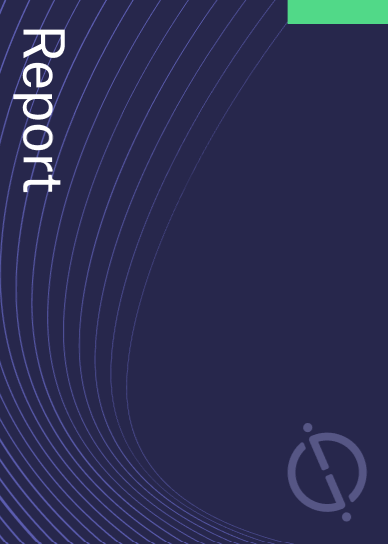Coway has filed a patent for a water purifier that includes a reverse osmosis filter and a control unit. The filter has a reverse osmosis membrane that divides it into a non-filtering side and a filtering side. The control unit flushes the filtering side before water is discharged through the outlet member and flushes the non-filtering side after water is discharged. GlobalData’s report on Coway gives a 360-degree view of the company including its patenting strategy. Buy the report here.
According to GlobalData’s company profile on Coway, Reverse osmosis and nano-filtration was a key innovation area identified from patents. Coway's grant share as of September 2023 was 43%. Grant share is based on the ratio of number of grants to total number of patents.
Water purifier with reverse osmosis filter and flushing mechanism
A recently filed patent (Publication Number: US20230295016A1) describes a water purifier that includes a filter unit with a reverse osmosis filter, a water outlet unit with a water outlet member connected to the filter unit, and a control unit. The reverse osmosis filter has a reverse osmosis membrane that separates it into a non-filtration side and a filtration side. The control unit is responsible for discharging filtered water through the water outlet member.
One of the key features of this water purifier is that the control unit allows for the flushing of the filtration side before the filtered water is discharged. This helps ensure that any impurities or contaminants trapped in the filter are removed before the water is released. The control unit also allows for the flushing of the non-filtration side after the filtered water is discharged.
The patent further describes the configuration of the water purifier, including the connections between the non-filtration side and the control unit, water inlet valve, water inlet line, and residential water line. The filtration side is connected to the control unit and the water outlet member. Additionally, the water outlet line is connected to a first flushing line, and the residential water line is connected to a second flushing line, both of which have flushing valves connected to the control unit.
The control unit operates in a specific sequence. It opens the water inlet valve and drives the water pump while opening the first flushing valve for a predetermined time. Afterward, it closes the first flushing valve and opens the water outlet valve. The control unit also opens the second flushing valve in response to the time the water outlet valve is opened or the amount of water discharged through the water outlet member. It then closes the second flushing valve. Finally, the control unit closes the water inlet valve, stops the water pump, and closes the shut-off valve in the residential water line when the first flushing valve is opened.
Overall, this patent describes a water purifier with a reverse osmosis filter and a control unit that allows for the flushing of both the filtration and non-filtration sides. This helps ensure the purity of the filtered water before it is discharged. The patent also details the specific sequence of operations performed by the control unit.
To know more about GlobalData’s detailed insights on Coway, buy the report here.
Data Insights
From

The gold standard of business intelligence.
Blending expert knowledge with cutting-edge technology, GlobalData’s unrivalled proprietary data will enable you to decode what’s happening in your market. You can make better informed decisions and gain a future-proof advantage over your competitors.



